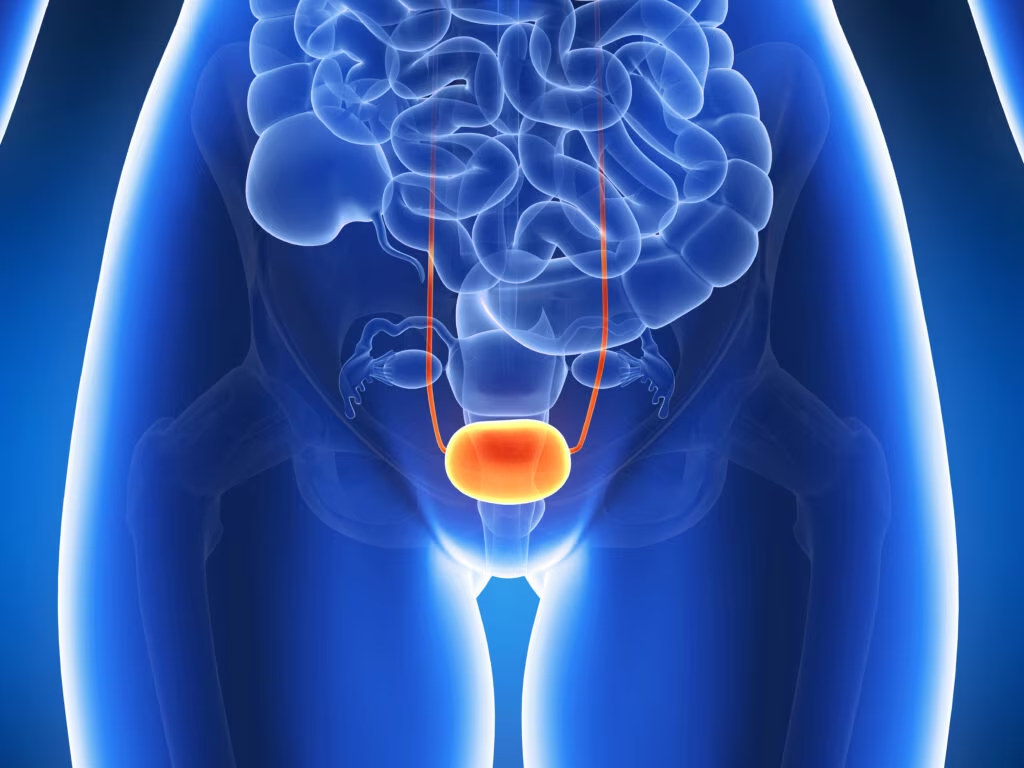It is an honour to be invited to write the foreword to what has become, in a few short years, one of the most respectable Endocrine Journals on either side of the Atlantic. I have the privilege to remain one of the relics on the Editorial Board and congratulate myself for being able to keep up’ with the new and very often exciting information and findings in Pituitary Medicine emanating from such distinguished researchers and academics as is found in this publication.
It is an honour to be invited to write the foreword to what has become, in a few short years, one of the most respectable Endocrine Journals on either side of the Atlantic. I have the privilege to remain one of the relics on the Editorial Board and congratulate myself for being able to keep up’ with the new and very often exciting information and findings in Pituitary Medicine emanating from such distinguished researchers and academics as is found in this publication.
I am forever amazed that a startling amount of your subject articles are again pointing to the unavoidable conclusion that pituitary disease is indeed at the core of the many subjects reviewed today. It is something I have long believed. Speaking to patients and their families, often from around the world, Diabetes, Sleep Apnea, Cardiovascular disease, Thyroid Disorders among many others, in our minds, simply spell ‘Pituitary Disorders’. From Holland, Australia, Canada, India, Russia and about 140 other countries the message is the same. Questions about Pituitary Adenoma’s (often ‘diagnosed’ via an MRI) inevitably lead to conversations about many of the other affiliated hormonal and resultant medical problems, and after 23 years and thousands of patient conversations we arrive at the same starting point.
I am delighted to report that a strong and well-organised initiative is underway in the US to induce the nation to create ‘Pituitary Centers of Excellence’. The Centers would encompass and integrate the very latest in Diagnostic and Treatment excellence from infertility to psycho-social support. I recognise that many academic centers in Europe have undertaken their own research/ investigation into Incidence and prevalence as well as severity within clearly defined and prescribed geographic boundaries. The results, with small variations, were similar to what was found in the US. There are indeed far more patients with pituitary dysfunction than was initially expected. The current challenge is to deal with these increasing numbers of patients within previously prescribed budgets. You who had believed you had found a relatively quiet academic pursuit may instead be stepping into a significant public health debate of larger proportions. But it is a debate definitely worth having, for us all.
European Endocrinology would like to take this opportunity to thank all participants on this edition, from organisations to individuals. A special thanks goes to our Editorial Board for their continuing support and invaluable guidance and the biggest thanks is reserved for the expert authors, who spared precious time and effort to produce a perceptive selection of articles. This expert discussion and the wide variety of topics covered ensure there is much of interest for every reader and we hope you find this edition as useful and insightful as those before it.












